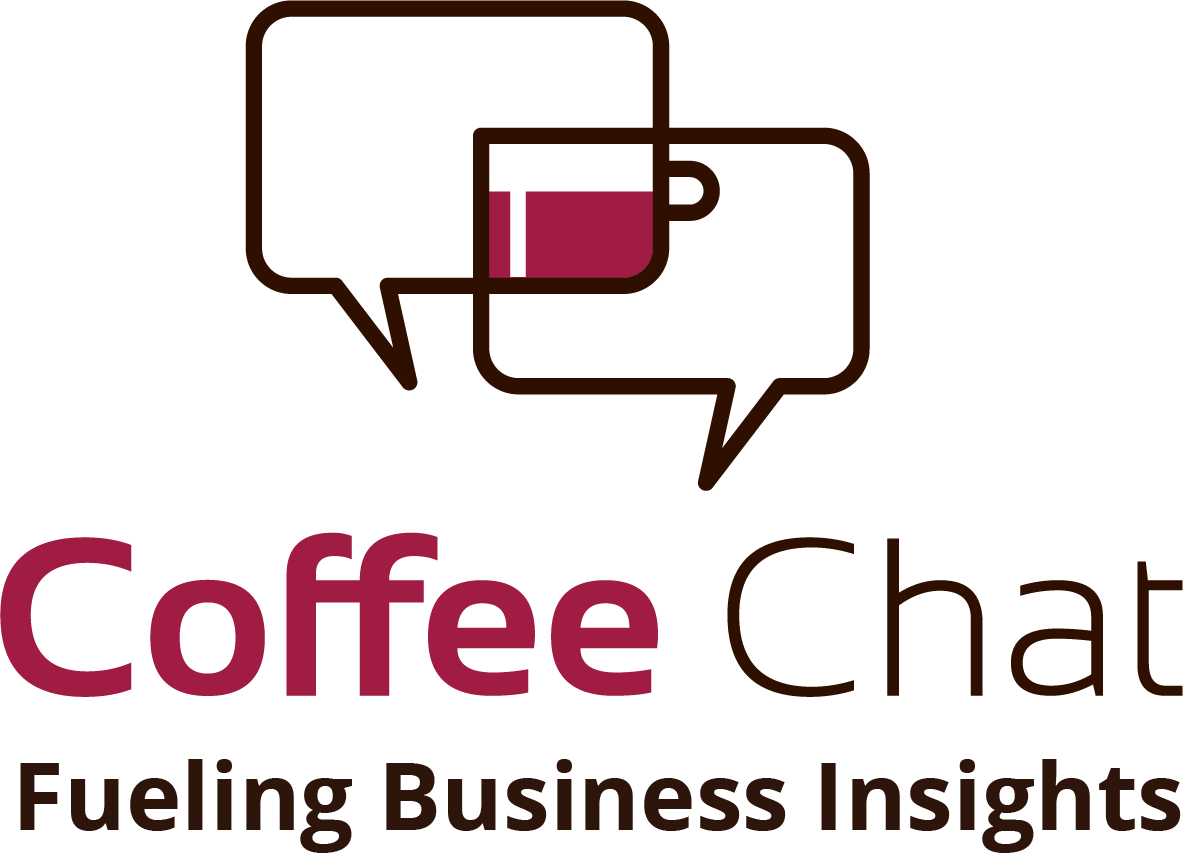When I think of optimizing performance, Formula 1 racing comes to mind. The level of precision required to outdo your competition and stand on the Podium with champagne in hand leaves little, if any, room for error. Take, for example, the qualifying stats from the Chinese Grand Prix. The Q3 qualifying time difference between Max Verstappen and Fernando Alonso was half a second. Half a second. The blink of an eye. The snap of a finger. How do drivers like Verstappen maintain dominance over drivers who are equally skilled? And if you follow F1, you know Verstappen is the likely winner of any race. Before him it was Louis Hamilton and Mercedes who dominated. Analytics. Period. Every adjustment made to car and driver strategies on every straightaway and turn are cast in stone based on myriad internal and external data points analyzed at the most granular level of detail — driver, car aerodynamics, power curves, track surface, weather, competitor tendencies… and that is only scratching the surface. A team that relies on ‘instinct’ or ‘gut feel’ does not have a chance.
A CPG, Pharma, Manufacturer, Oil & Gas, or any company in any industry are no different. The companies that outperform their competition year in and year out don’t leave anything to chance. Their decisions are based on highly complex models that rely on massive amounts of relevant data elements. The models identify correlations and relationships between seemingly unrelated actions — raw material costs, BOM/BOO formula modifications, hedging strategies, buy vs. build, plant locations, pricing strategies, supplier decisions, and more. Once defined, they use these models to simulate possible courses of action — operational and strategic decisions result — to understand potential outcomes while understanding and assessing attendant risks. The analytic solutions access information directly from the source and run simulations in minutes or hours that previously took days of computer time, if they could be performed at all. Combining the ability to model complex business processes using billions of data points from a multitude of sources in a short time period results in decisions that are made more quickly and with a great deal of confidence.
Unfortunately, even the best-laid plans can go astray. A competitor acts in a manner not considered, or an unexpected economic or another external event occurs. These analytic solutions are designed to provide information in near real time, highlighting these anomalies and their potential impact on business outcomes. With this new information in hand, models can be modified and run to assess necessary mid-course corrections, then using the solution’s inherent planning capabilities, reallocate resources — people, capital investment, and opex spending — to refine operations to new conditions.
Even today, companies are unable to turn the data they already have into insights. Data is difficult to access, and the tools used — Excel, homegrown software, or point solutions — can’t model the complexities of core business processes and often are focused on one department or function, so they cannot consider the complex interrelationships that are inherent in companies today. The result? They’re forced to work with high-level analyses and forecasts that are labor intensive, fraught with error, and rely on aggregated data that doesn’t represent a level of detail critical to gaining true insights. Decisions are made based on those analyses. They don’t have a choice. However, the decision-makers know relying on analyses with those weaknesses may not be the right ones, and the potential consequences are significant.
Looking at profitability analytics specifically, investing in a new factory for a growing, profitable product is smart unless the reality is that the product is not profitable because the allocations used to determine profitability don’t reflect the actual cost a product drives. Or raising the price on a seemingly low-margin product leads to sinking sales when the reality was the actual margin was quite strong, and a price adjustment was unnecessary. Bottom line: to truly understand profitability — product, supplier, customer, etc. —analysis needs to be done at a granular, transaction-level.
In our experience, SAP Business Technology Platform (BTP) Analytic solutions — SAP Profitability and Performance Management (PaPM), SAP Analytics Cloud (SAC Planning)—have given hundreds of customers the ability to view business performance in near real-time, analyze, understand, draw insights, simulate options, make informed decisions, and replan/reallocate resources like capital, people, and OpEx to address problems and pursue opportunities ahead of their competition.
A Powerful Modeling Engine Able to Uncover Actionable Insights Supporting Informed Decisions
SAP Profitability & Performance Management (PaPM) provides immediate access to advanced business modeling, granular profit and cost analyses, and powerful simulation capabilities. Advanced modeling provides meaningful insights for any critical business process — profitability and cost analytics, tax optimization including operational and funds transfer pricing, customer cost-to-serve, complex allocations, IT cost management, sustainability, and many more. Tight integration with SAP Analytics Cloud supports native analytic capabilities critical to gaining insights and making informed decisions.
A Complete Solution for Planning & Analytics
SAP Analytics Cloud (SAC) is a complete solution for analysis and planning that is designed to unlock the full potential of all your investments in mission-critical business applications and most valuable data sources. With generative AI, you will experience automated reporting, uncovering hidden insights and develop operational and financial plans with Joule copilot. Integrated with SAP PaPM, SAC elevates BI capabilities and serves up visualizations and pre-built industry-specific business content. Finally, SAC enables collaborative planning by unifying financial and operational planning within a single solution.
Establishing an Operational and Financial Analytics Platform
In partnership, SAC and PaPM can serve as a financial and operational analytics platform ensuring confidence in analyses and results and providing “one version of the truth” across the organization.
Interested in learning more?
Join our Coffee Chat Series on May 21, where we will present a scenario demonstrating how SAC and PaPM provide seamless movement between planning and analysis, going beyond standard gross margin, to examine the fully burdened profitability at the granularity level of your choice with a few simple clicks.
Click here to view the agenda and register.
By the way, Max Verstappen won the Chinese Grand Prix, and Fernando Alonso came in seventh, with a time difference of 43.414 seconds. Analytics DO make a difference, and I’m sure someone will be digging into the data to learn more.





